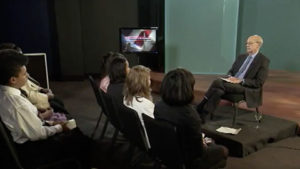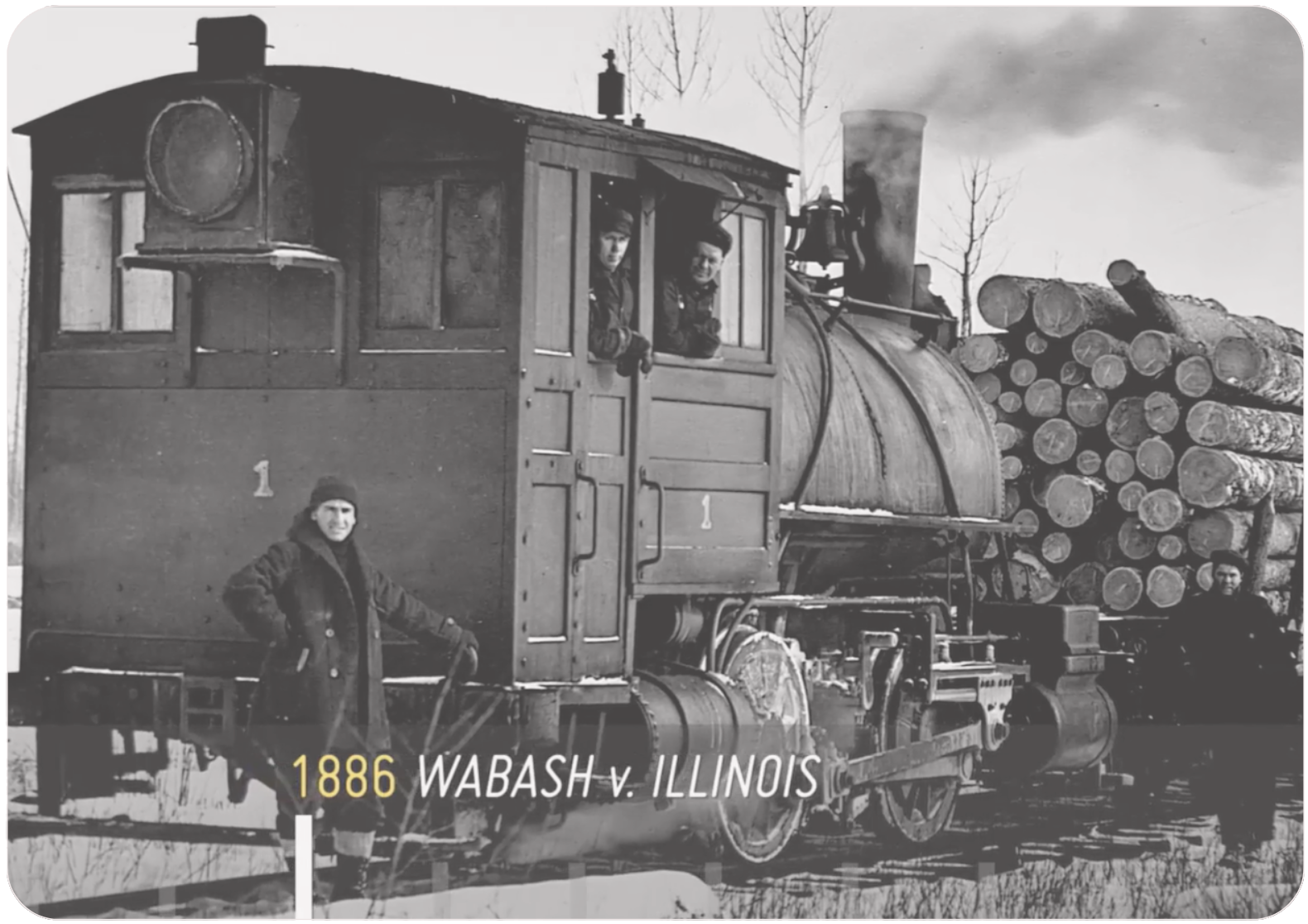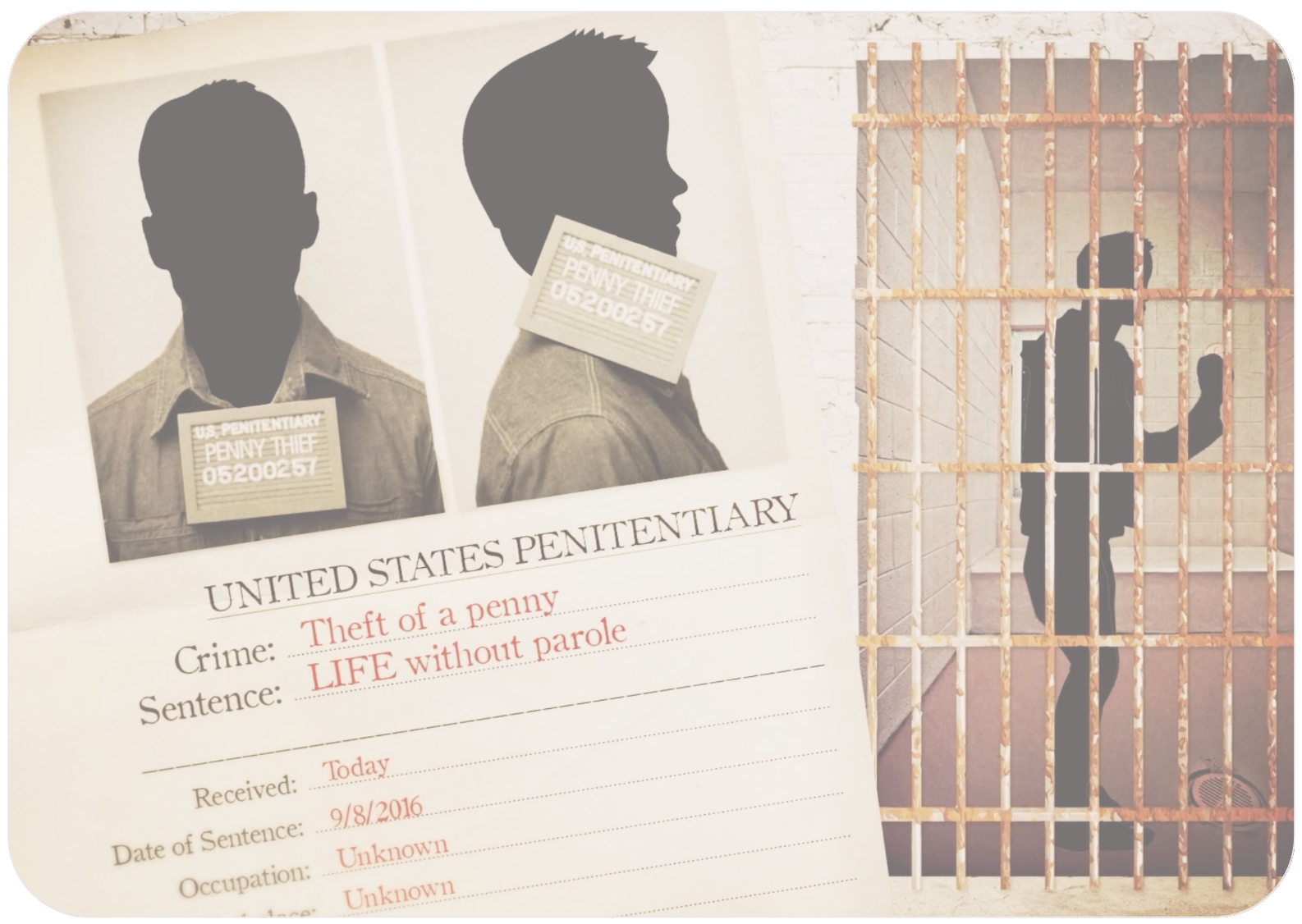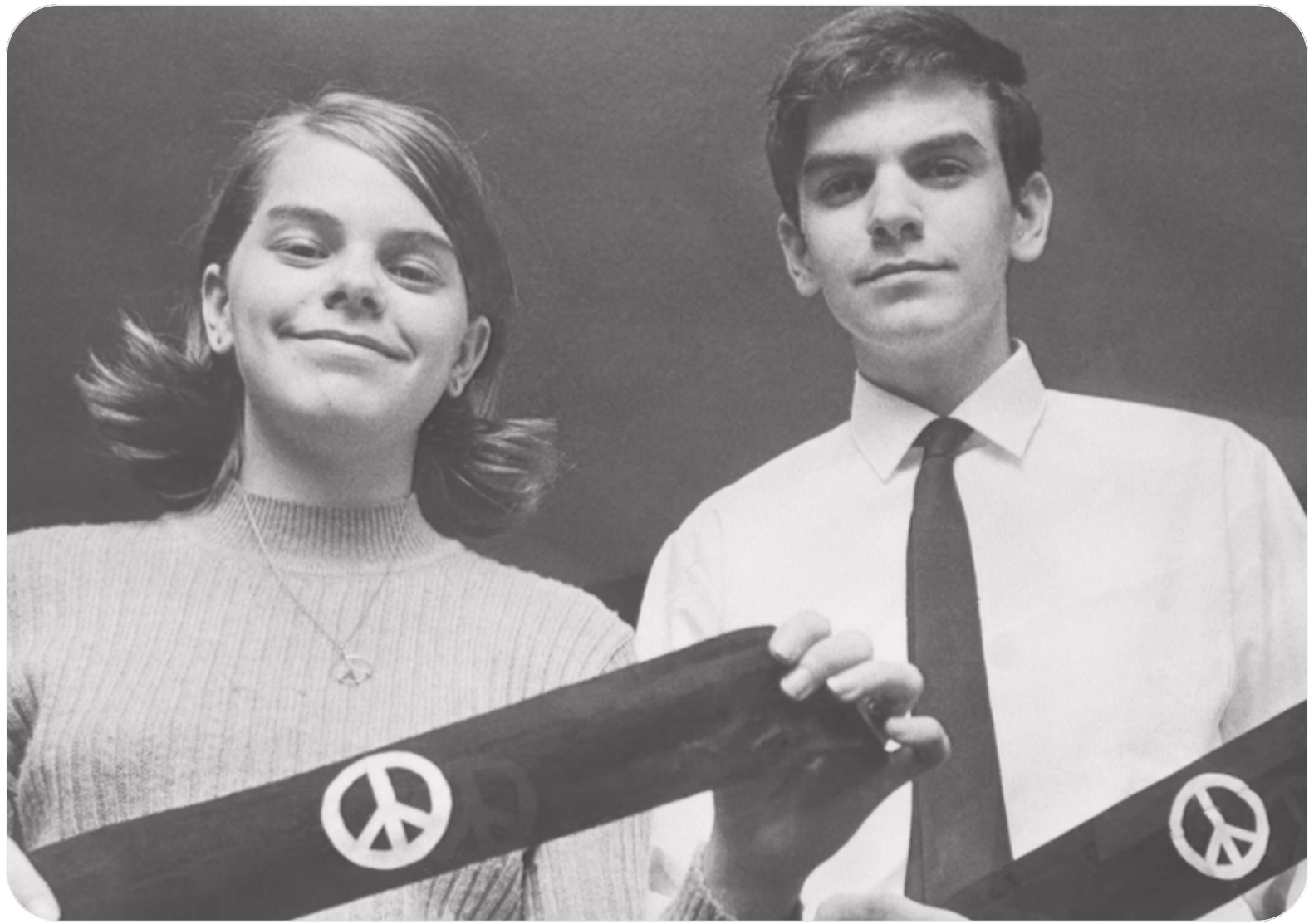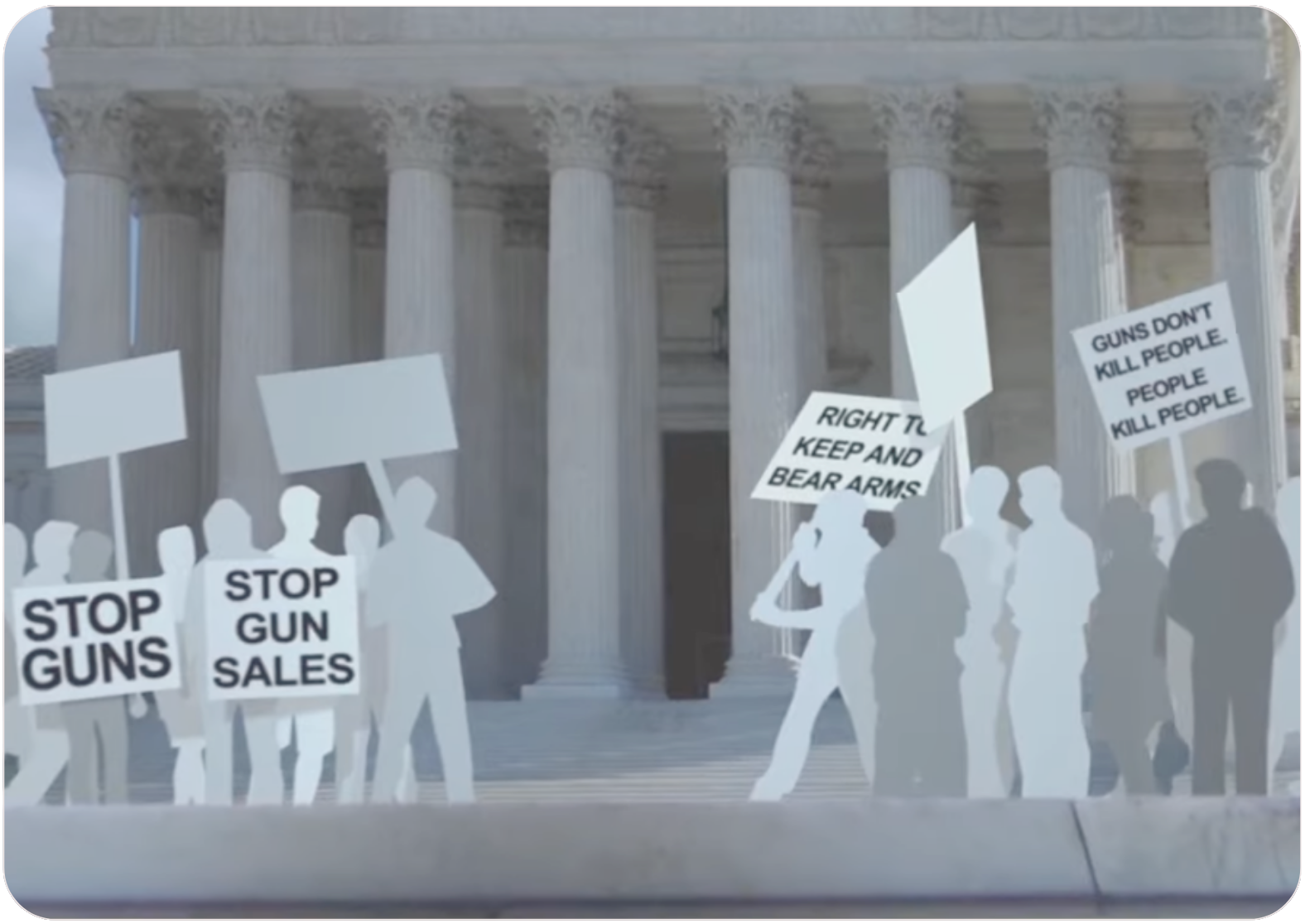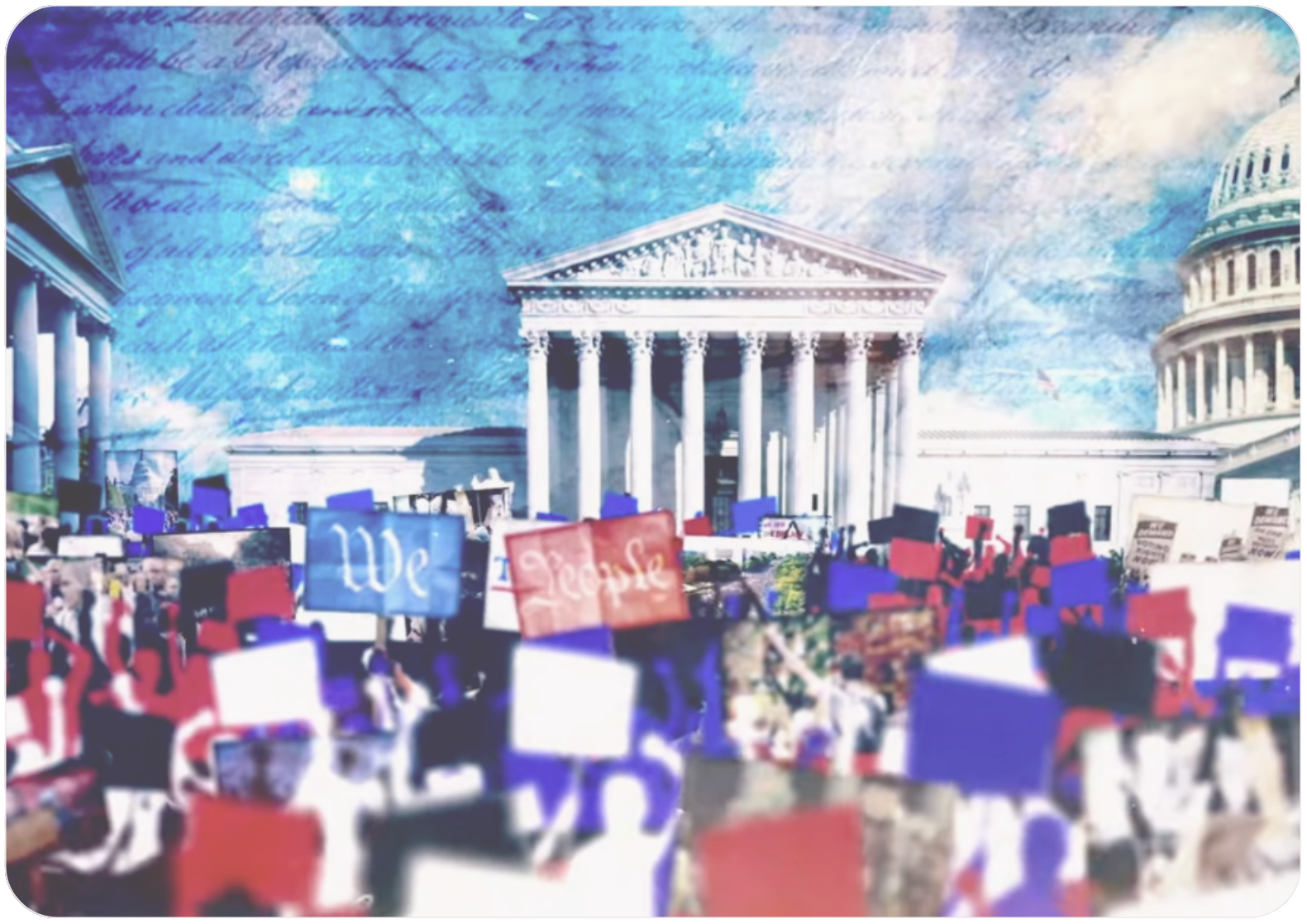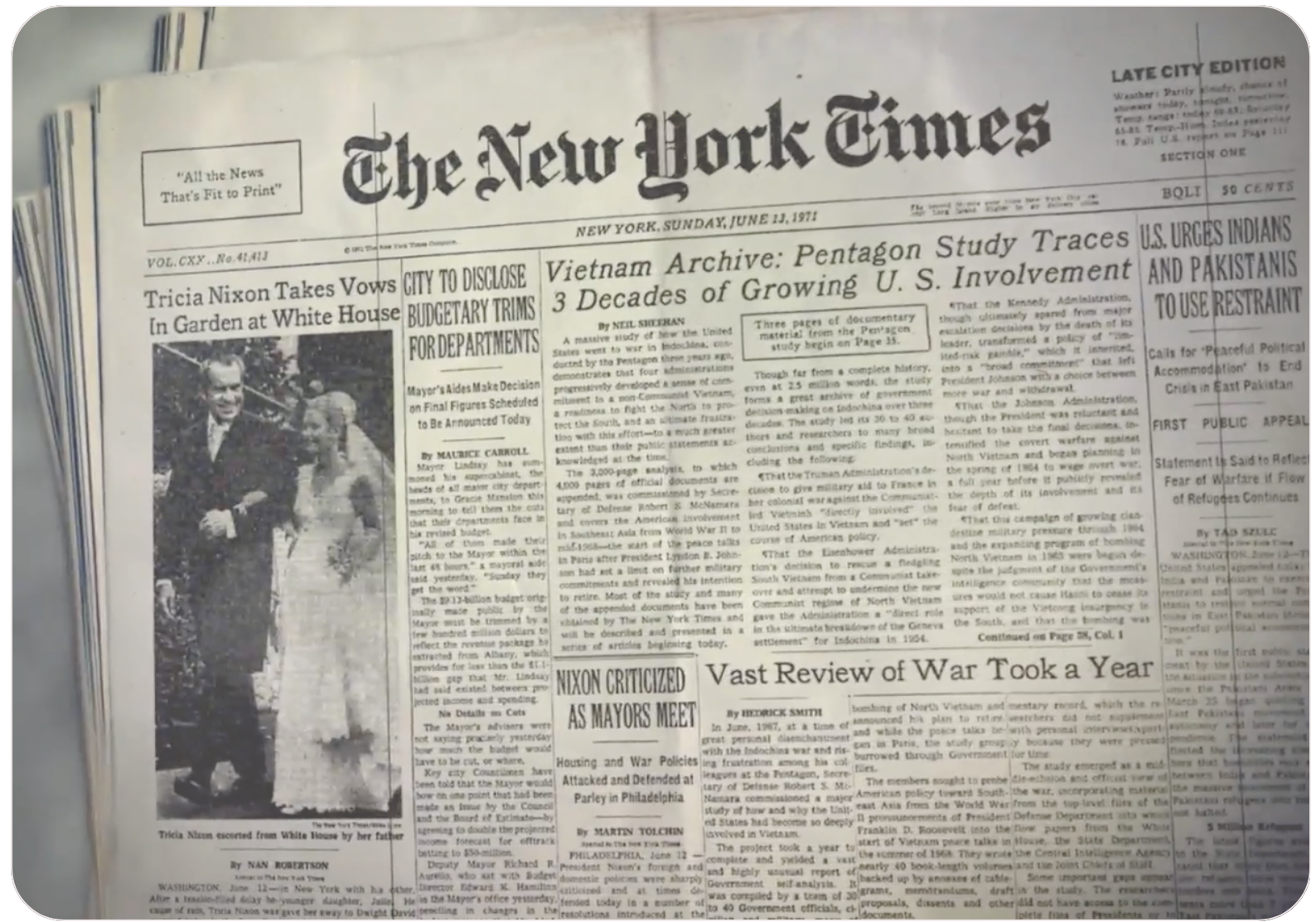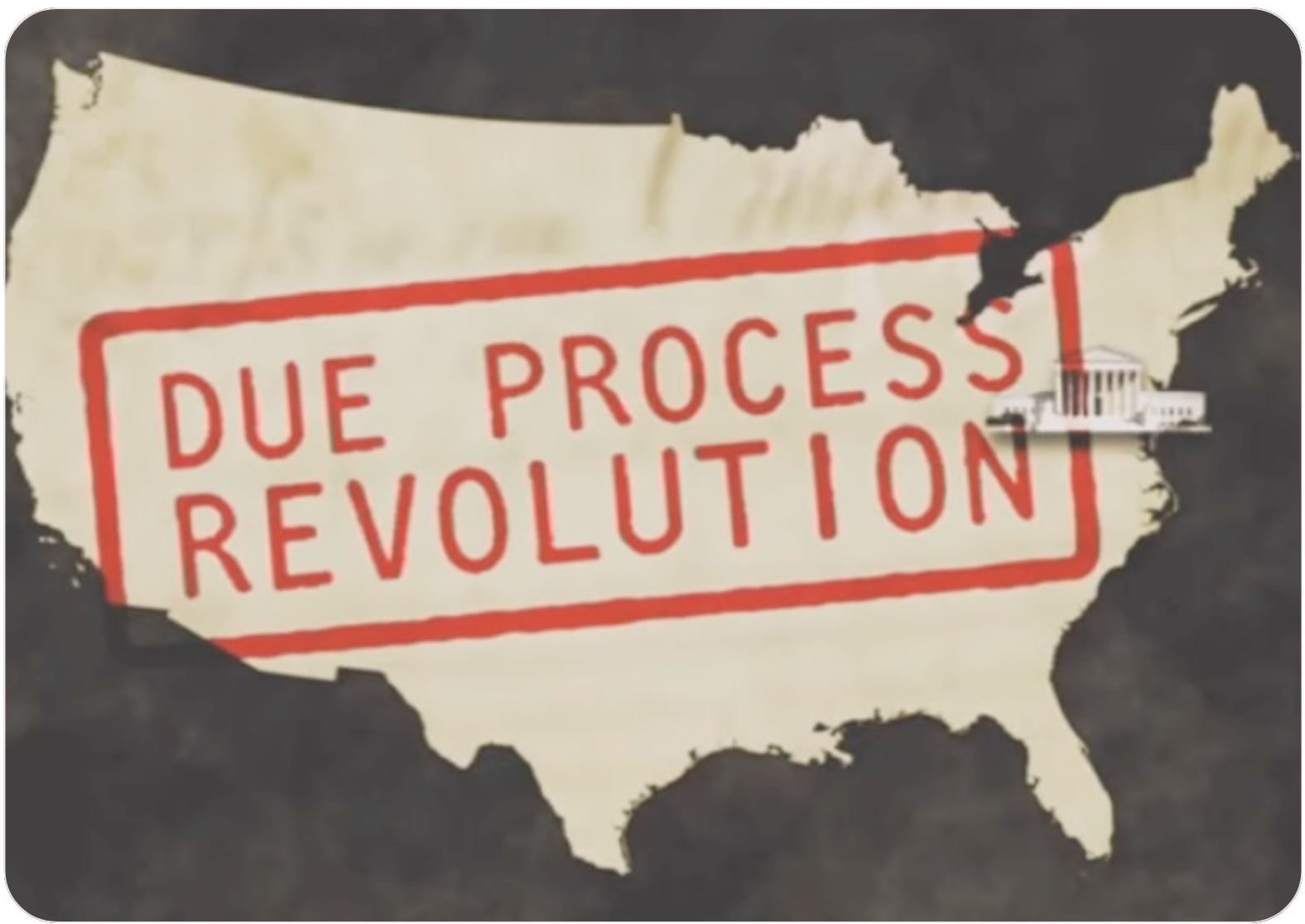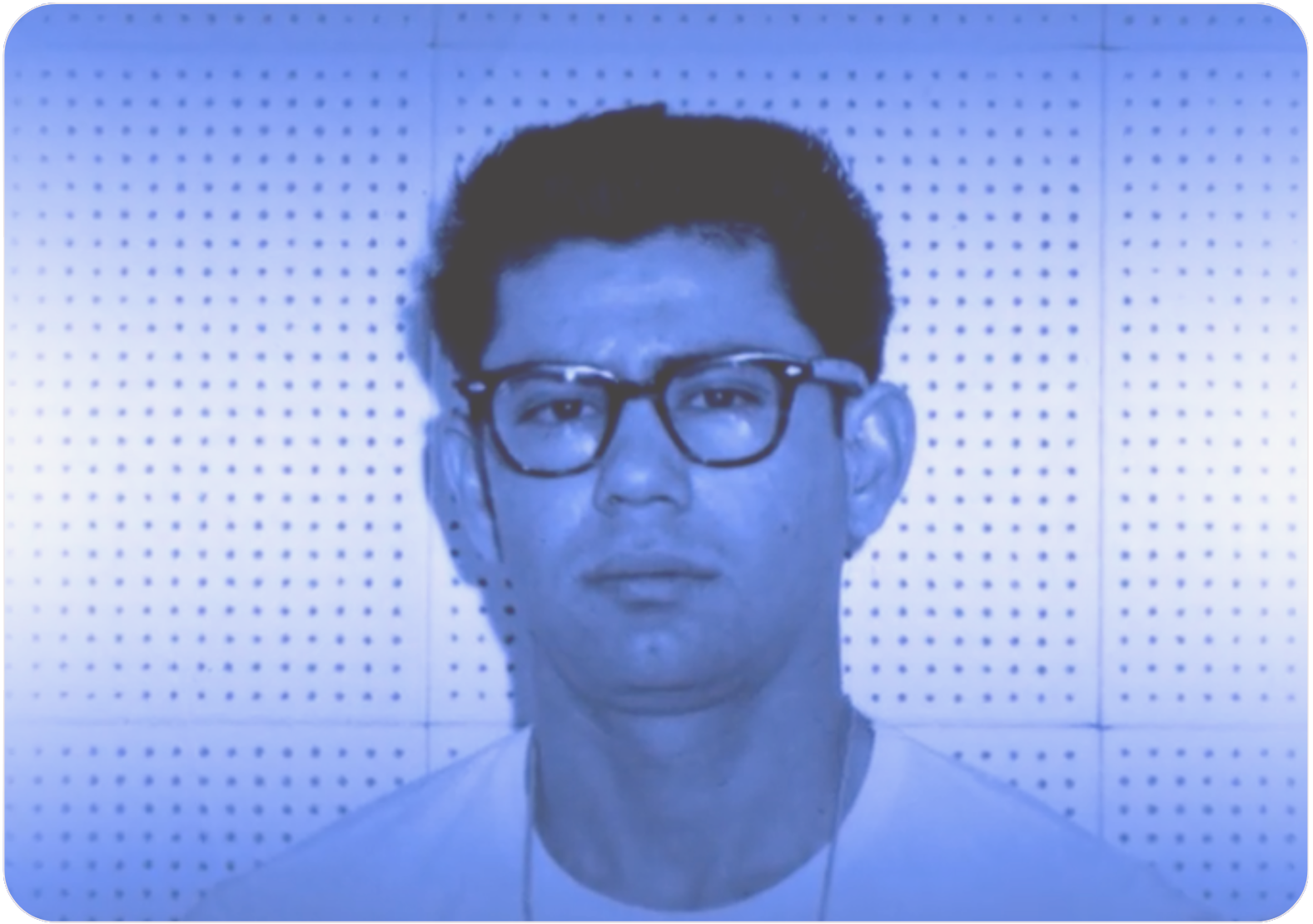How do we balance power between the states and the federal government? This question has shaped American democracy since the Constitutional Convention, when delegates faced the challenge of creating a stronger federal system while preserving state authority. This film explores the Constitution’s Commerce Clause found in Article 1, Section 8, which grants Congress the power “to regulate commerce…among the several states” and examines its historical context and ongoing impact.
The Eighth Amendment: Cruel and Unusual Punishment
The Eighth Amendment to the Constitution protects against “cruel and unusual punishment” for those convicted of crimes. But what makes a punishment cruel or unusual? Who decides, and how? This film explores the concept of “evolving standards of decency,” specifically as it applies to the death penalty for juvenile offenders.
First Amendment: New York Times v. Sullivan
This film examines freedom of the press, an essential First Amendment right, through the key Supreme Court Case New York Times v. Sullivan. It traces the relationship of the press to the Civil Rights movement of the 1960’s, and the ways in which proponents of segregation tried to use libel claims via the courts to prevent coverage of the violence inflicted upon peaceful protestors.
First Amendment: Student Freedom of Speech
The First Amendment’s right to free speech is one of our most important rights as citizens. But what does freedom of speech mean for students in public schools? How do you balance a school’s need for order with a student’s right to free expression? This film explores the evolution of student free speech rights through Supreme Court cases, from Tinker v. Des Moines to Mahanoy Area School District v. B.L., the case of the Snapchatting cheerleader.
Second Amendment: D.C. v. Heller and McDonald v. Chicago
This film examines the history of guns and gun ownership in our society from the Revolutionary War to modern times and the complicated debate over what the founders intended when they wrote the Second Amendment. Does it protect a right of individuals to keep and bear arms? Or is it a right that can be exercised only through militia organizations like the National Guard?
Freedom of Assembly: National Socialist Party v. Skokie
This film explores the First Amendment right of the “people peaceably to assemble” through the lens of the U.S. Supreme Court case National Socialist Party of America v. Village of Skokie. The legal fight between neo-Nazis and Holocaust survivors over a planned march in a predominantly Jewish community led to a ruling that said the neo-Nazis could not be banned from marching peacefully because of the content of their message.
The 19th Amendment: A Woman’s Right to Vote
Voting is the most basic right of a citizen and the most important right in a democracy. When you vote, you are choosing the people who will make the laws. For almost a century and a half of our nation’s history, women were barred from exercising this fundamental right. This is a film about their long, difficult struggle to win the right to vote. It’s about citizenship, the power of the vote, and why women had to change the Constitution with the 19th Amendment to get the vote.
The Constitution Project in the Classroom
This video describes the Constitution Project film series and shows teachers how to use the award-winning films in their classrooms. The films feature insightful commentary from Supreme Court justices and legal scholars, interviews with the plaintiffs and attorneys in landmark Supreme Court cases as well as historical footage.
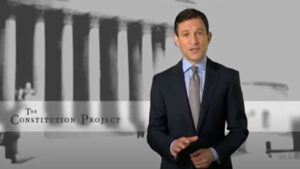
Magna Carta and the Constitution
This video tells the story of the origins of the Magna Carta and explores the two most important principles that it symbolizes: rule of law and due process. Students will learn how the framers interpreted and redefined the rule of law and due process when they created our Constitution. And they will understand how those rights have been expanded and protected by the U.S. Supreme Court through two landmark Supreme Court cases: U.S. v. Nixon and Powell v. Alabama.
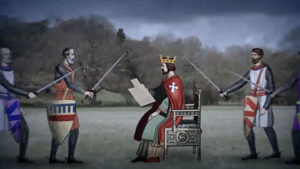
The Supremacy Clause: McCulloch v. Maryland
Tension between the states and the federal government has been a constant throughout U.S. history. This video explores the supremacy clause in Article VI of the Constitution and key moments in the power struggle, including the landmark case McCulloch v. Maryland.
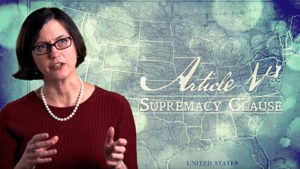
The Confrontation Clause: Crawford v. Washington
The Sixth Amendment’s confrontation clause gives the accused the right “to be confronted with the witnesses against him” at a criminal trial. This video uses the U.S. Supreme Court case Crawford v. Washington to help explain the history and importance of the confrontation clause and why the framers knew it would be crucial to an effective system of justice.”
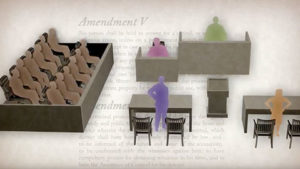
Freedom of the Press: New York Times v. United States
This documentary examines the First Amendment’s protection of a free press as well as the historic origins of this right and the ramifications of the landmark ruling in New York Times v. United States, the Pentagon Papers case, in which the U.S. Supreme Court ruled that prior restraint is unconstitutional.
Search and Seizure: Mapp v. Ohio
In 1957, Dollree Mapp stood up to police who tried to enter her home without a search warrant. Her act of defiance led to a landmark U.S. Supreme Court ruling in Mapp v. Ohio that limited police powers. This documentary explores the Fourth Amendment case in which the Court ruled that evidence illegally obtained by police is not admissible in state courts.
Key Constitutional Concepts
This three-part documentary discusses why and how the Constitution was created at the Constitutional Convention, explores the protection of individuals’ rights in Gideon v. Wainwright, and examines the limits of presidential power in Youngstown v. Sawyer.
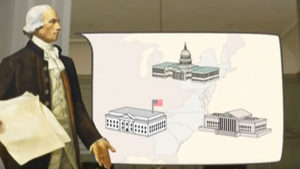
Habeas Corpus: The Guantanamo Cases
One of our oldest human rights, habeas corpus safeguards individual freedom by preventing unlawful or arbitrary imprisonment. This documentary examines habeas corpus and the separation of powers in the aftermath of the 9/11 attacks through four Guantanamo Bay cases: Hamdi v. Rumsfeld, Rasul v. Bush, Hamdan v. Rumsfeld and Boumediene v. Bush.
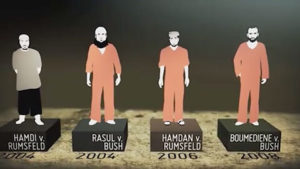
A Conversation on the Constitution with Justice Anthony Kennedy: Miranda v. Arizona
Justice Kennedy leads a discussion with students about the Miranda v. Arizona case, which established that criminal suspects must be told of their Fifth Amendment protection against self-incrimination and Sixth Amendment right to an attorney.
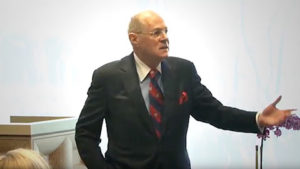
An Independent Judiciary: Cherokee Nation v. Georgia and Cooper v. Aaron
This documentary, featuring Justice Stephen G. Breyer and leading constitutional scholars, chronicles two key moments that defined our understanding of the role of the judiciary: Cherokee Nation v. Georgia and Cooper v. Aaron.
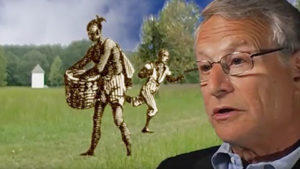
Right to Remain Silent: Miranda v. Arizona
This documentary explores the landmark Supreme Court decision Miranda v. Arizona that said criminal suspects, at the time of their arrest but before any interrogation, must be told of their Fifth Amendment protection against self-incrimination and Sixth Amendment right to an attorney.
One Person, One Vote: Baker v. Carr and Reynolds v. Sims
In this documentary, Justices Sandra Day O’Connor and Stephen G. Breyer and other experts discuss how the principle of one person, one vote emerged from a series of landmark decisions in the 1960s, including Baker v. Carr and Reynolds v. Sims.
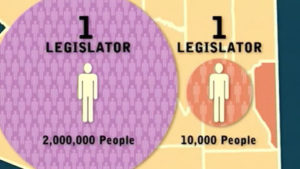
Korematsu and Civil Liberties
This documentary explores the landmark case Korematsu v. U.S. (1944) concerning the constitutionality of presidential executive order 9066 during World War II that gave the U.S. military the power to ban thousands of American citizens of Japanese ancestry from areas considered important to national security.
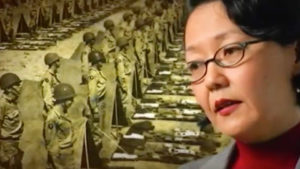
Jury Selection: Edmonson v. Leesville Concrete Company
This documentary tells how an African American construction worker’s personal-injury lawsuit against his employer evolved into a landmark jury selection case Edmonson v. Leesville Concrete Co. on the Sixth Amendment right to an impartial jury.
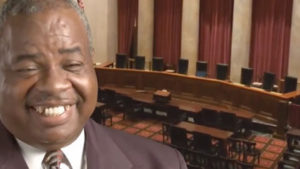
A Conversation on the Constitution with Justices Stephen Breyer, Anthony Kennedy and Sandra Day O’Connor: The Importance of the Japanese Internment Cases
After the attack on Pearl Harbor, the U.S. government sent people of Japanese ancestry to internment camps. The U.S. Supreme Court upheld the government’s right to restrict the liberty of these citizens and noncitizens in two cases: Korematsu v. U.S. and Hirabayashi v. U.S.
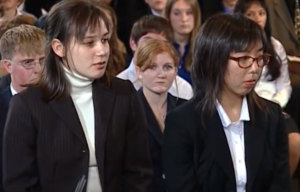
A Call to Act: Ledbetter v. Goodyear Tire and Rubber Co.
This documentary tells the story of Lilly Ledbetter and her U.S. Supreme Court case Ledbetter v. Goodyear Tire and Rubber Co.. Ledbetter’s fight for equal pay for equal work eventually involved all three branches of government and resulted in the Lilly Ledbetter Fair Pay Act of 2009.
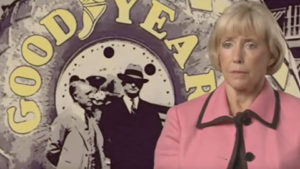
A Conversation on the Constitution with Justice Sandra Day O’Connor: Search and Seizure
Supreme Court Justice Sandra Day O’Connor and a group of high school students discuss the Fourth Amendment right against unreasonable search and seizure in the context of the landmark U.S. Supreme Court case Mapp v. Ohio.
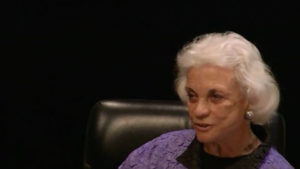
A Conversation on the Constitution with Justice Stephen Breyer: Ledbetter v. Goodyear Tire and Rubber Co.
Justice Breyer and a group of high school students discuss separation of powers in connection with pay discrimination case Ledbetter v. Goodyear Tire and Rubber Co. that resulted in a 2009 law called the Lilly Ledbetter Fair Pay Act.
